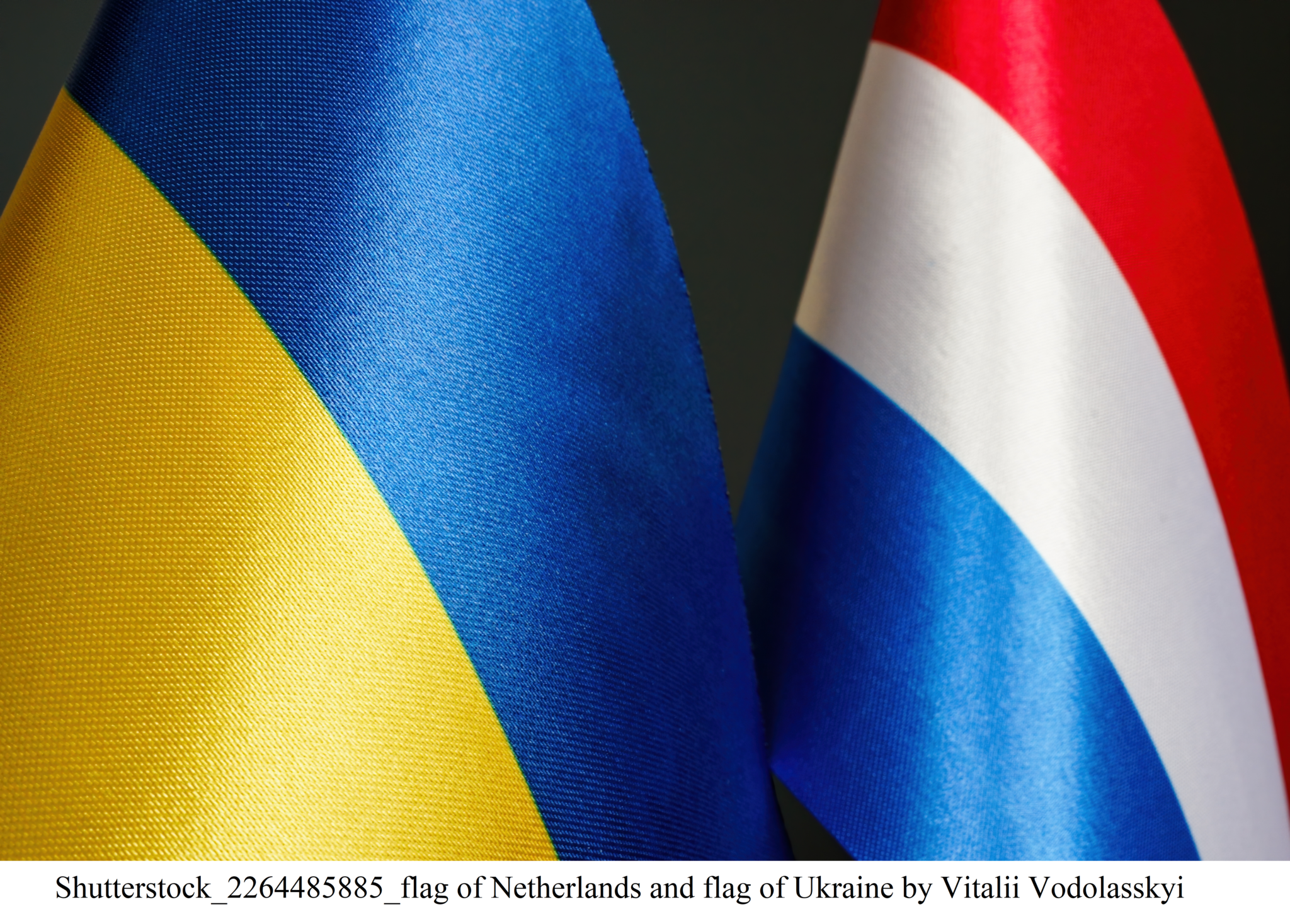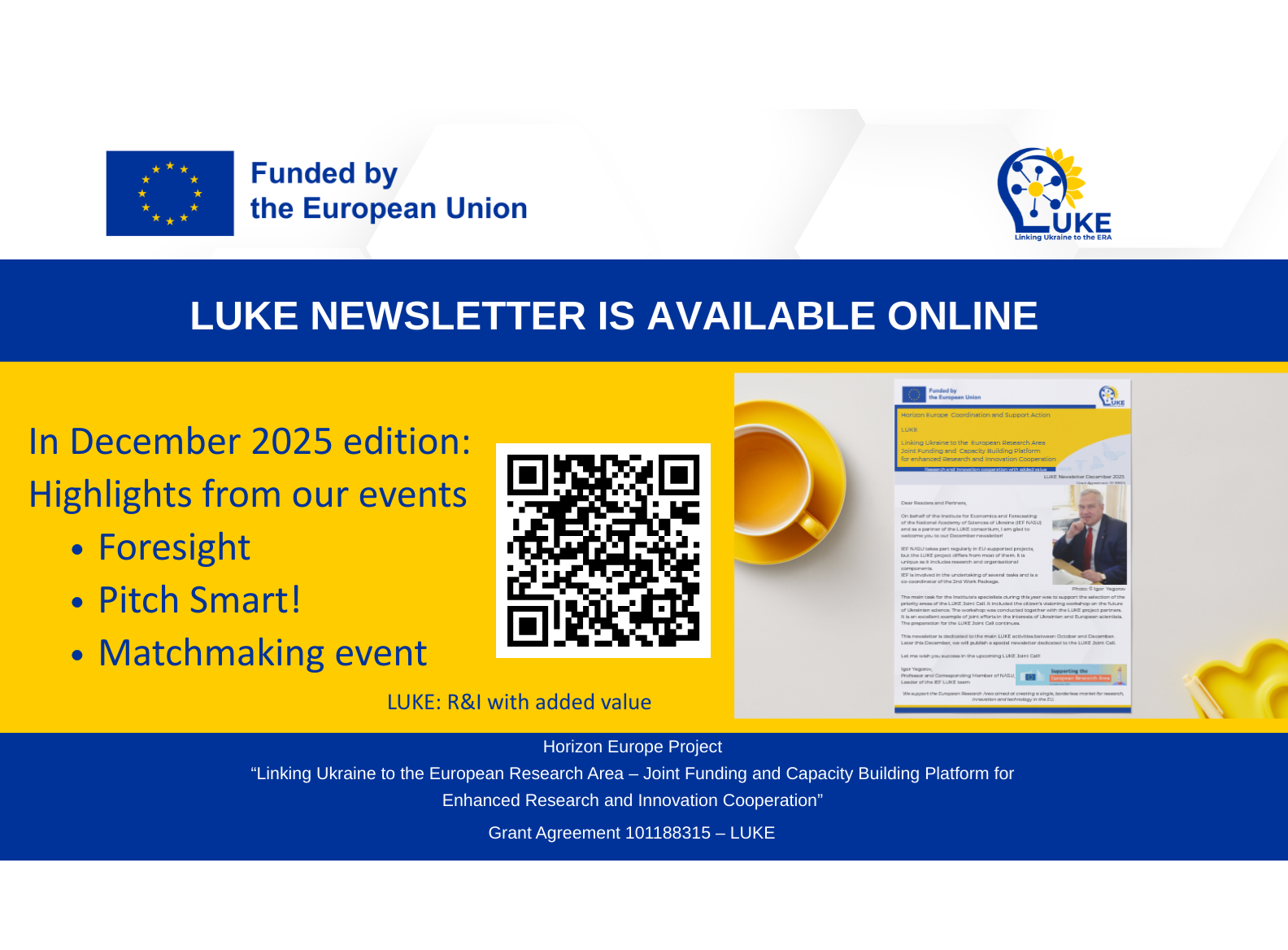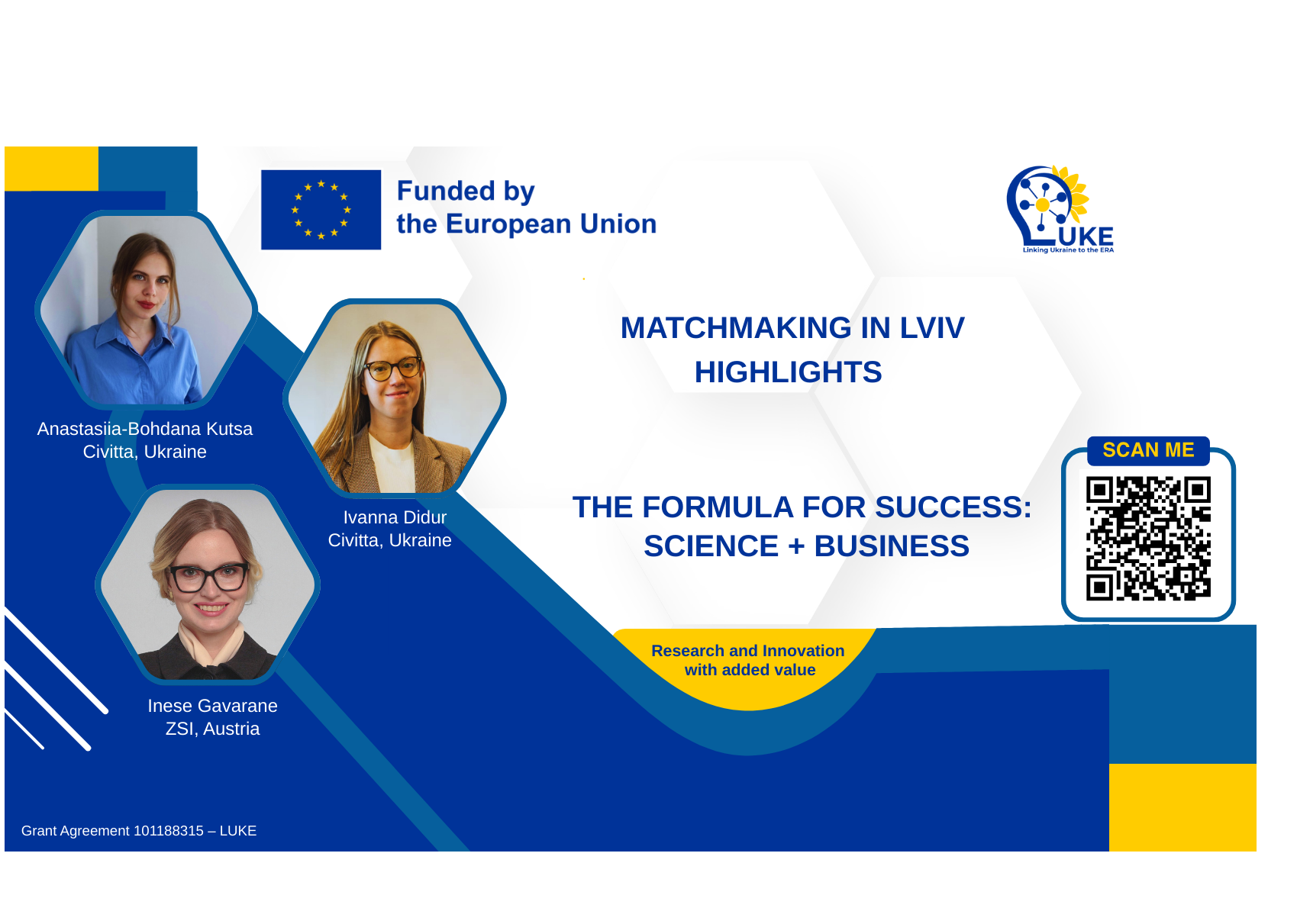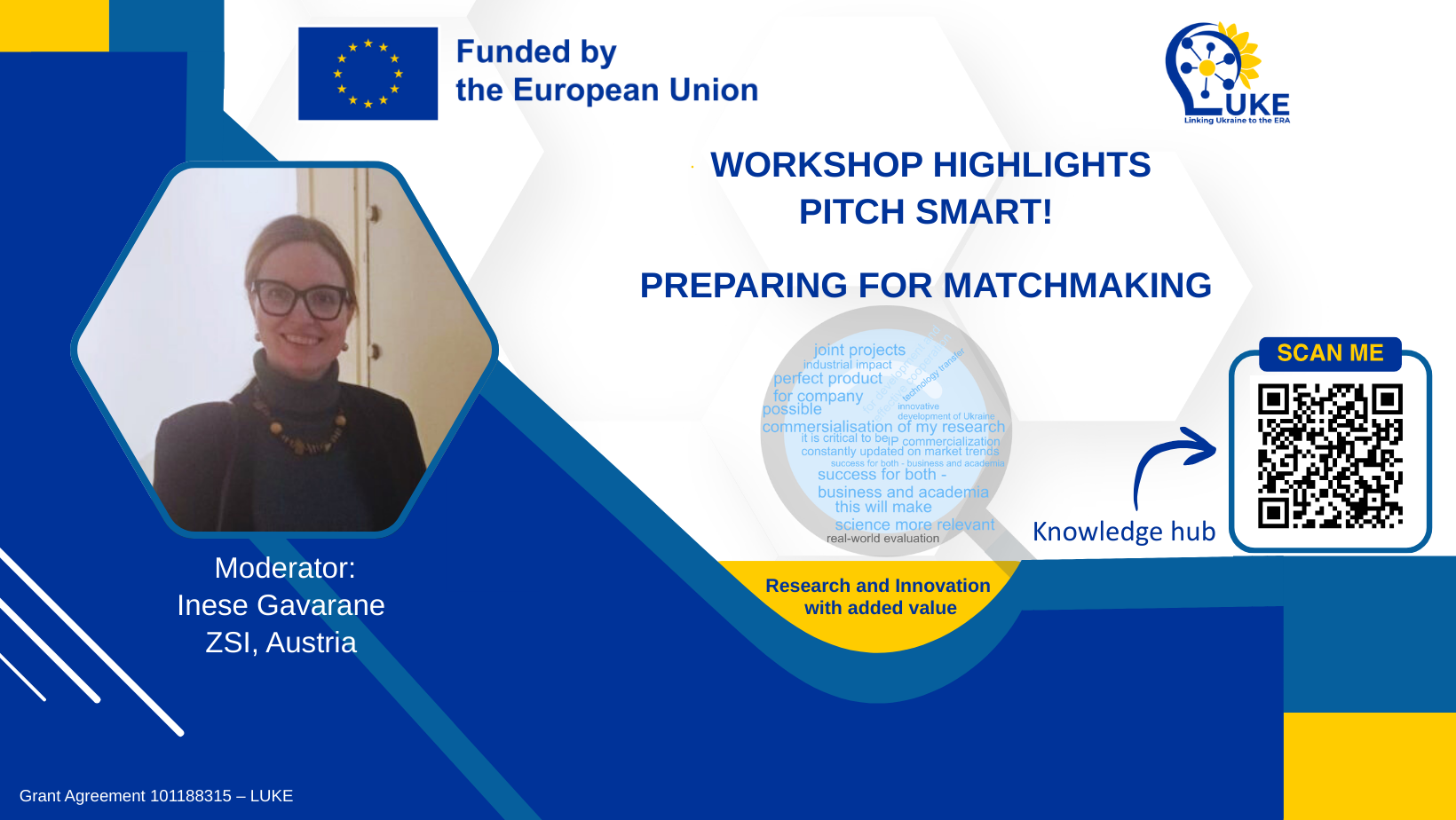How was the universe formed, what does it consist of, what principles underlie it? The answers to these questions, according to scientists, can be found by studying the properties of the smallest elementary particles – neutrinos. These particles still remain the most mysterious, as they hardly interact with the matter of the surrounding world. In particular, the study of the double beta decay of atomic nuclei, which is currently being performed by a team of scientists from the Institute for Nuclear Research of the National Academy of Sciences of Ukraine will help to consider neutrinos in more detail.
The name of the project supervisor Fedir Danevych is well known in both the Ukrainian and world scientific community.
We ask the scientist: “Why is this topic important? Why does humanity need to know all or as much about neutrinos as possible?”
– 2β- decay studies help to elucidate the properties of neutrinos and weak interactions, to improve the Standard Model of elementary particles and interactions, the inaccuracy of which has already been proven. If we manage to find a neutrino-free mode of this decay, it is a grand grand discovery, in fact, of a new kind of matter, when the fermion elementary particle will be at the same time its antiparticle, the so-called Majorani neutrino. – Fedir Anatoliyovych answered.
The scientist and his colleagues have been researching 2β-decay for more than thirty years and, as Fedir Anatoliyovych himself modestly noted, “have already done something in this area” .
…“hear the rustle of sand under the feet of an ant” …
What do scientists want to achieve in the framework of the project, which is funded by the NRFU?
Fedir Anatoliyovych said that the task of the team is to find and measure the radioactive decay of the atomic nucleus when two electrons fly out of it at the same time. This is very difficult to do, because in nature there is a huge amount of radioactive decay occurring all the time. And there is also a continuous flow of cosmic rays. All this creates a powerful background, which makes it difficult to register a rare process. “Figuratively speaking, to observe a 2β-decay is like hearing the rustle of sand under the feet of an ant crawling near a railway track on which a freight car with fifty trains loaded with rubble passes”, – the scientist explained.
When ready-made devices do not exist
By the way, ready-made devices for such research simply do not exist, and therefore, they must first be developed and adjusted. The requirements for such equipment are very strict.
– As part of the project, we are looking for a 2β-decay of several promising nuclei, preparing experimental methods and developing data analysis methods for future experiments, – said Mr. Fedir. – By the way, while working on the project, equipment purchased with the help of grant funding came in handy – two laptops and a workstation, which are used for data analysis, complex calculations during business trips abroad.
In an underground laboratory and an iron mine
Of course, rapid success in such large-scale research should not be expected, but all the results along the way are important for humanity. What did the scientists manage to do while working on the project?
Fedor Danevich replied that a lot had been done. In particular, a new setup was assembled and an experiment to find the 2β-decay of the cadmium nucleus 106 was started.
The next step in the research of this core is large-scale CUPID and AMoRE projects. The CUPID experiment is planned to take place in the Gran Sasso underground laboratory under Mount Corno Grande in Italy. AMoRE – in the Emilab laboratory, located in an iron mine in South Korea.
To date, Ukrainian scientists have already performed a number of important methodological developments for the CUPID and AMoRE projects (in fact, it was Ukrainian scientists who proposed the “highlight” of both projects, namely the use of detectors based on lithium molybdate crystals).
The results of the work will be published in top-level physical journals, such as Review of Modern Physics, Physical Review Letters, Physical Review C and D, European Physical Journal A and C, Applied Physics Letters and others.
Don’t look for easy ways
Who is implementing the project?
– Our team includes incredible people who cannot imagine life without science and are among the top 100 best scientists in Ukraine. – Mr. Danevich says.
The scientist advises the colleagues, who submit their projects to calls, not to look for easy ways and choose the most relevant research topics, but also – to engage in international cooperation, work with young people, develop their own material and technical base.
Svitlana GALATA





